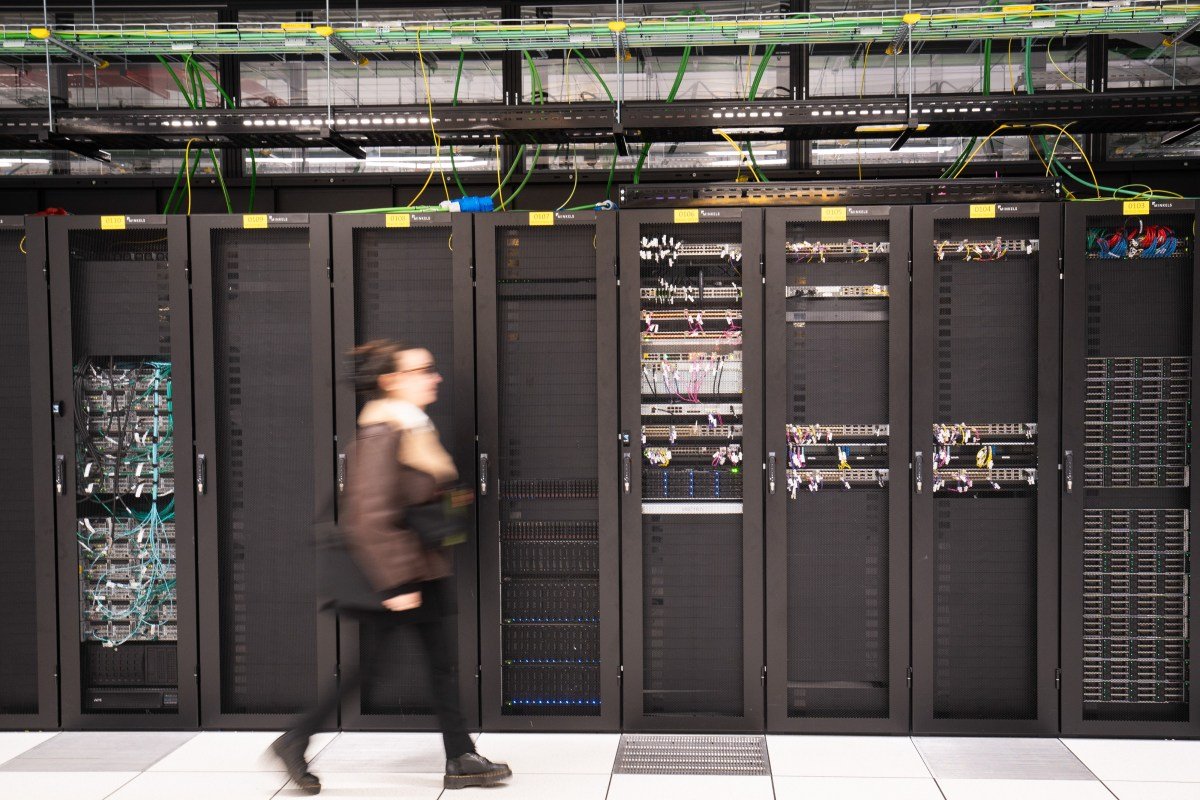Kevin Rose’s Unique Take on AI Hardware Investments
Kevin Rose believes in a visceral rule for evaluating AI hardware: “If you want to punch someone in the face for wearing it, you probably shouldn’t invest in it.”
A Candid Perspective from a Seasoned Investor
This bold assessment comes from Kevin Rose, a general partner at True Ventures and an early investor in notable brands like Peloton, Ring, and Fitbit. While many venture capitalists rush to back the latest trend in smart wearables, Rose is taking a more cautious approach amid the AI hardware gold rush in Silicon Valley.
The Challenges of AI Wearables
“Let’s listen to the entire conversation,” Rose states, critiquing current AI wearable technology for breaching social constructs around privacy. His experience on the board of Oura, which holds 80% of the smart ring market, reveals the fine line between technical capabilities and emotional resonance. Successful wearables thrive on social acceptability.
Emotional Impact Drives Investment Decisions
Rose emphasizes the emotional landscape of technology: “As an investor, you have to consider how technology makes you feel and how it impacts those around you.” He views the persistent “always-on” nature of AI as detrimental to human interactions.
A Personal Encounter with AI Wearables
Rose recounts his experience with AI wearables, including the ill-fated Humane AI pendant. A memorable moment came when he attempted to use the wearable to settle an argument with his wife. “That was the last time I wore that thing,” he laughs, highlighting the personal tensions that technology can create.
A Critical View on AI-Enhanced Experiences
Rose critiques trivial AI use cases, like asking smart glasses about monuments. “We bolt AI onto everything, and it’s ruining the world,” he argues, reflecting on the implications of modifying photos and altering perceptions of reality.
Lessons from Early Social Media
He draws parallels between the present AI landscape and the early days of social media, warning that seemingly harmless decisions may have lasting repercussions. “We’ll look back and think, ‘Was it a good idea to slap AI on everything?’”
Navigating AI’s Complex Challenges with Children
As a father, Rose faces his own challenges explaining AI to his children. After using OpenAI’s Sora to generate adorable puppy videos, he found himself explaining that these were not real pets. His solution? Compare the AI to movie magic to make it relatable.
Optimism for the Future of AI and Entrepreneurship
Despite his critiques, Rose is enthusiastic about AI’s transformative potential for entrepreneurship and venture capitalism. “Barriers to entry are shrinking daily,” he notes, recounting colleagues who have successfully built apps using AI coding tools.
Shifting Dynamics in Venture Capital
These advancements could reshape the VC ecosystem, allowing entrepreneurs to delay funding or operate without it entirely. “This will greatly change the world of VC, and I think for the better,” Rose predicts.
Reassessing the Role of Venture Capitalists
While some venture firms hire numerous engineers, Rose believes the real value lies in emotional intelligence. “The challenges entrepreneurs face are often emotional,” he asserts, underscoring the need for VCs who can offer long-term support.
What Rose Looks for in Founders
Rose recalls advice from Larry Page, urging the importance of seeking founders who disregard the impossible. “We want bold ideas that challenge the norms,” he concludes. “Even if they fail, we appreciate their mindset and will back them again.”
Here are five FAQs inspired by Kevin Rose’s simple test for AI hardware:
1. Q: What is Kevin Rose’s "punch in the face" test for AI hardware?
A: Kevin Rose’s test is a humorous way to evaluate the acceptability of AI hardware. It asks: "Would you want to punch someone in the face who’s wearing it?" If the answer is yes, the hardware likely has aesthetic or usability issues that might deter users.
2. Q: Why is this test relevant for evaluating new AI gadgets?
A: The test helps assess the social and emotional reactions people have to technology. If the design is off-putting or intrusive, it might indicate a failure in user experience, which is crucial for the adoption of technology.
3. Q: Can the "punch in the face" test apply to software as well?
A: While it is primarily aimed at hardware, the underlying idea can extend to software. If a user feels frustrated or angry while using an app, it may signal poor usability or design.
4. Q: How can developers use this test to improve their products?
A: Developers can gather feedback during the design phase, asking potential users if the product evokes any negative feelings. This can lead to iterative improvements that enhance the overall experience.
5. Q: Are there examples of AI hardware that fail this test?
A: Yes, some early wearable devices or bulky VR headsets faced criticism for their awkward design, making many users uncomfortable. Dissatisfaction often led to a desire for more user-friendly, aesthetically pleasing options.



